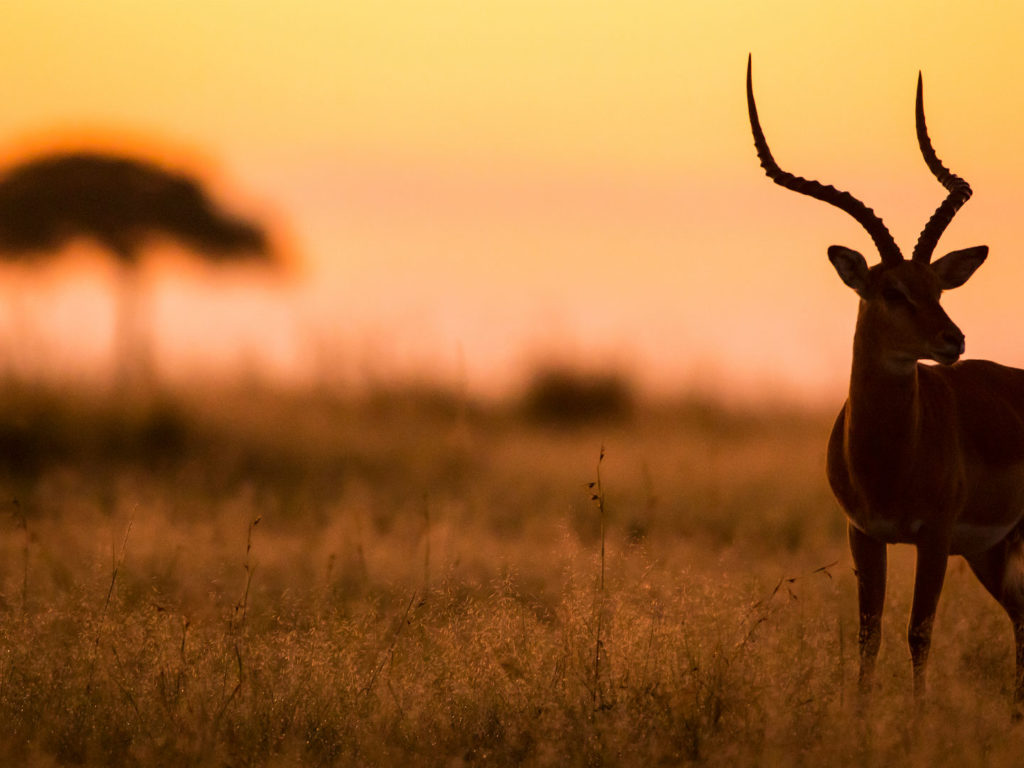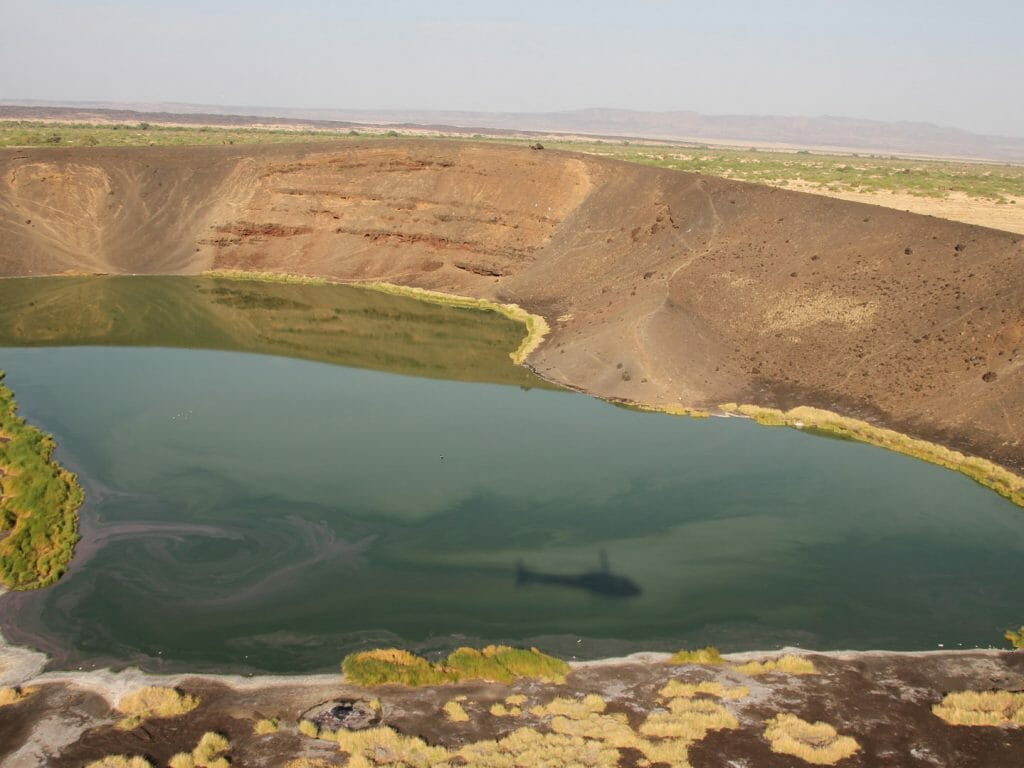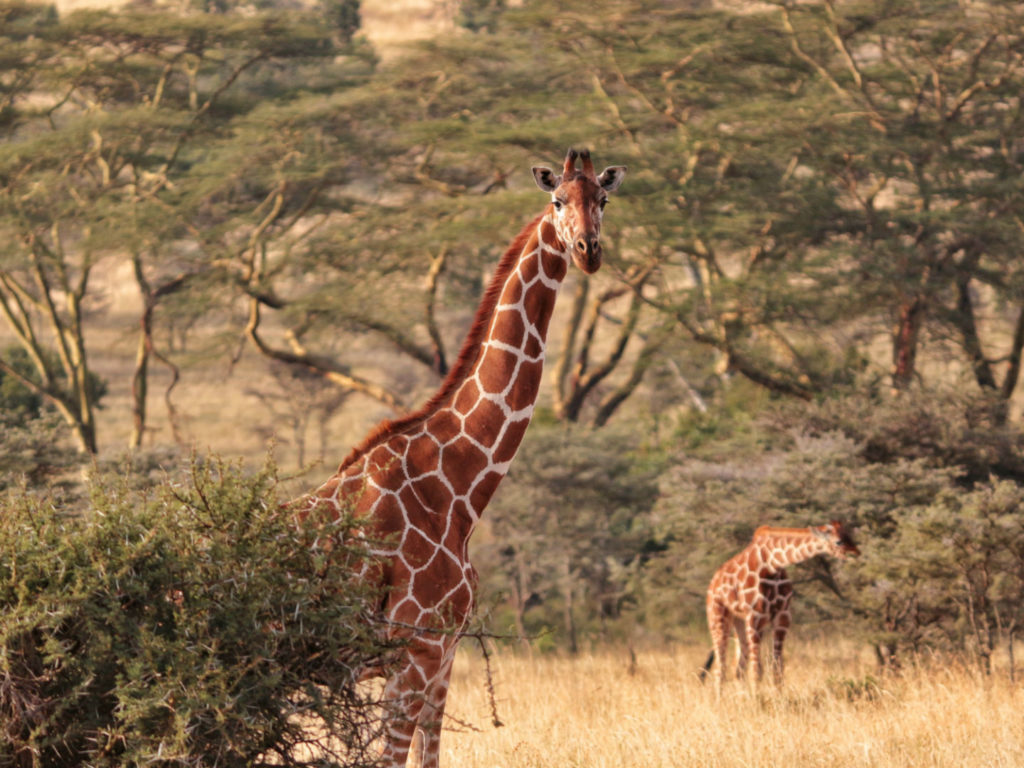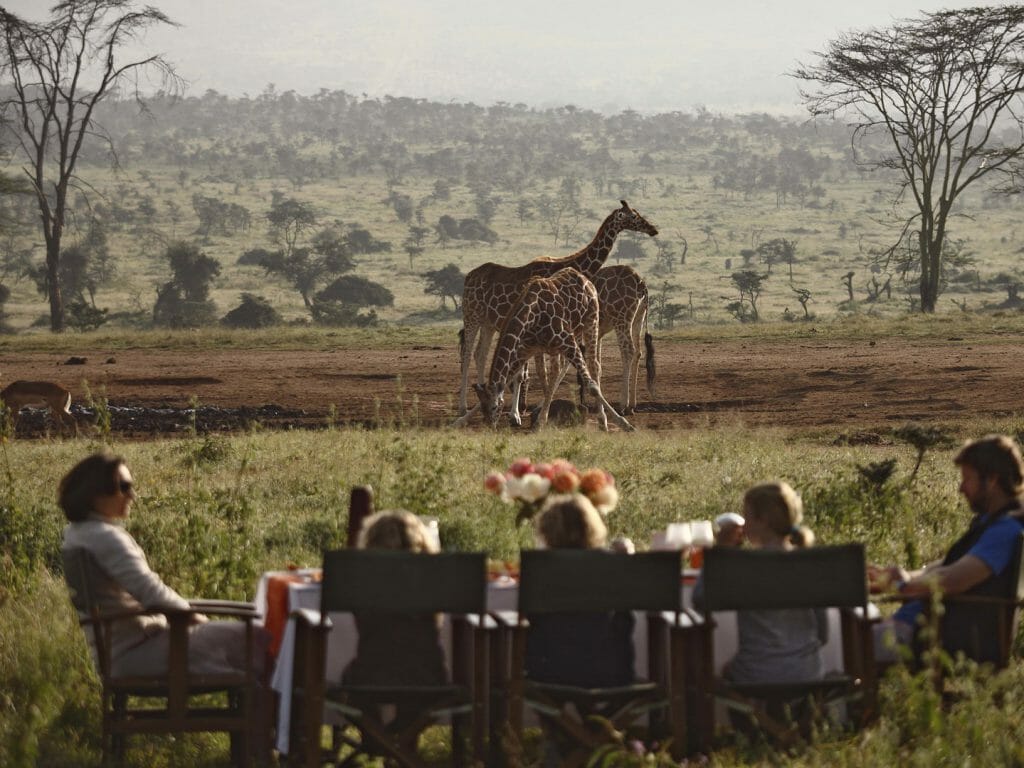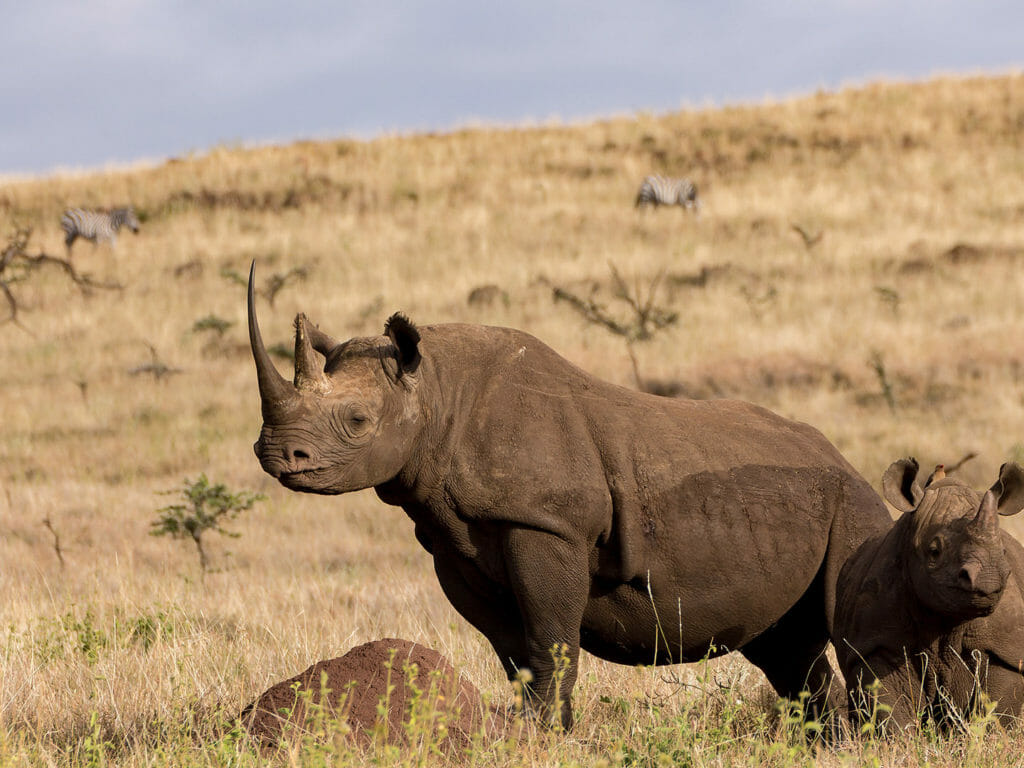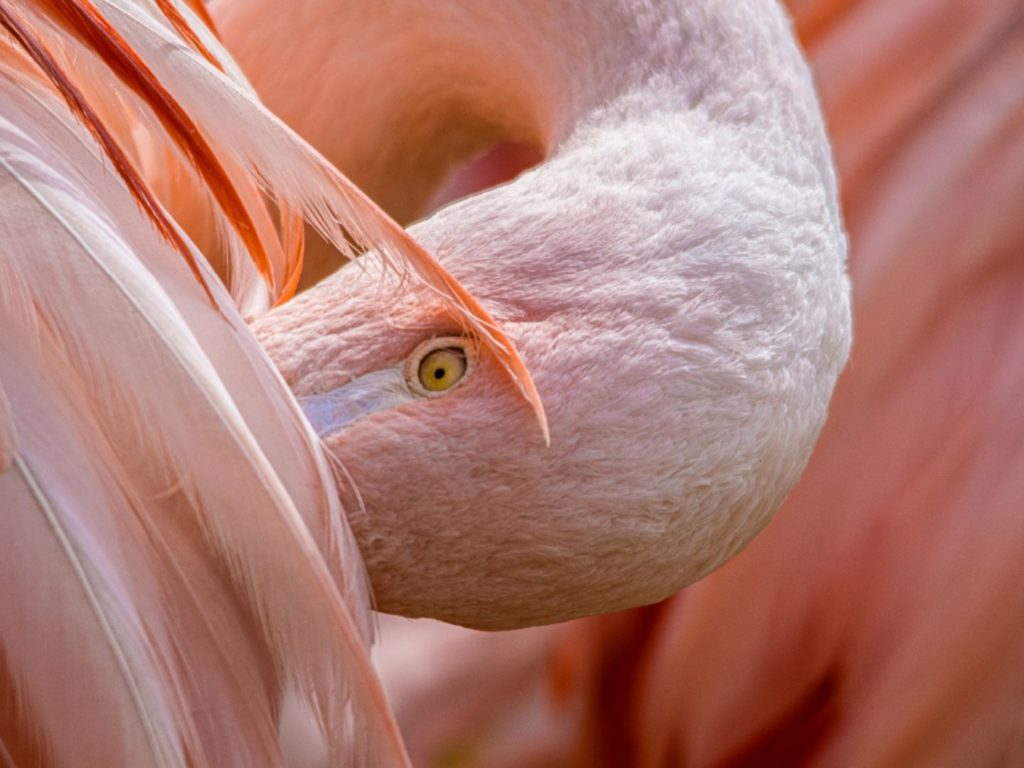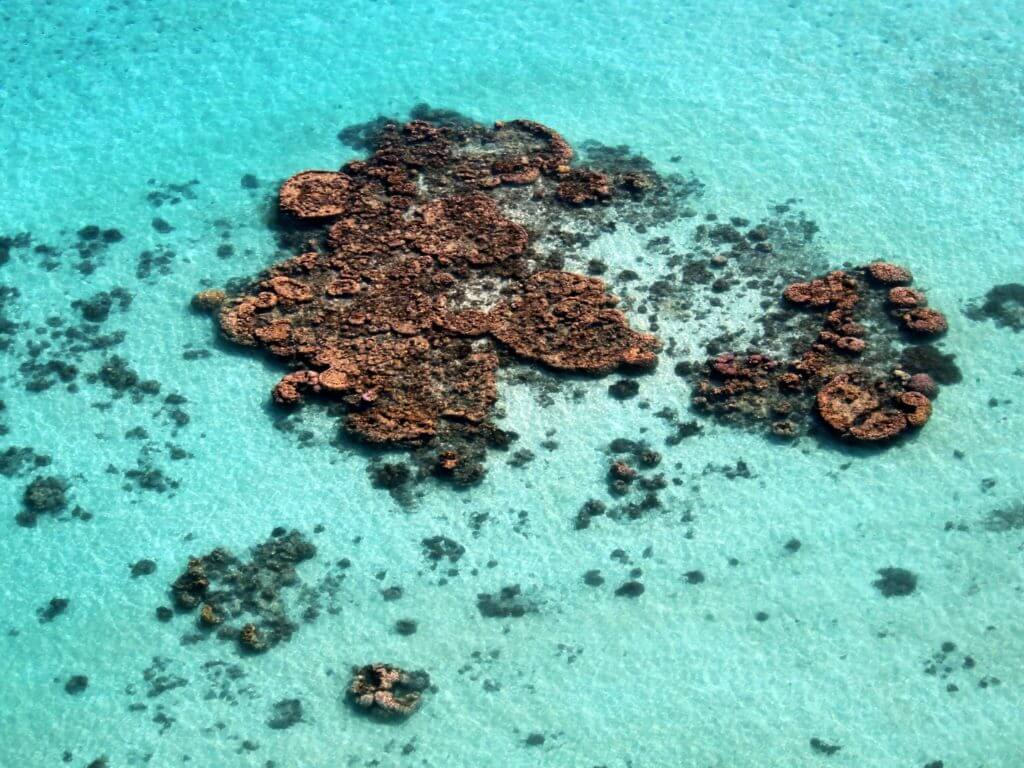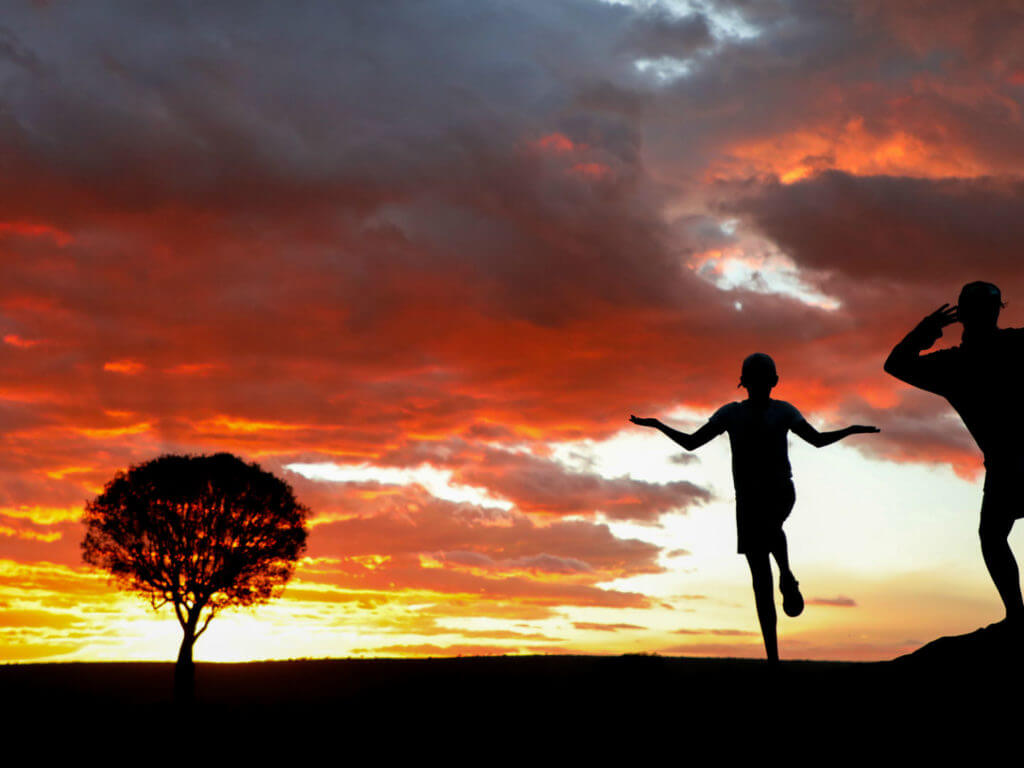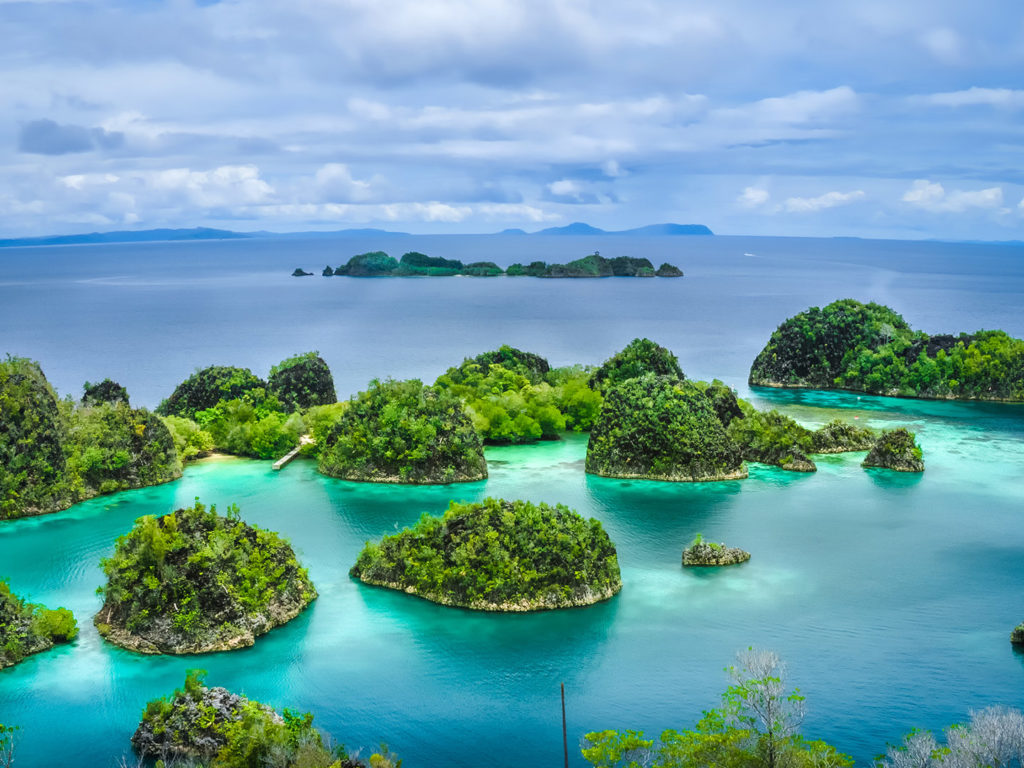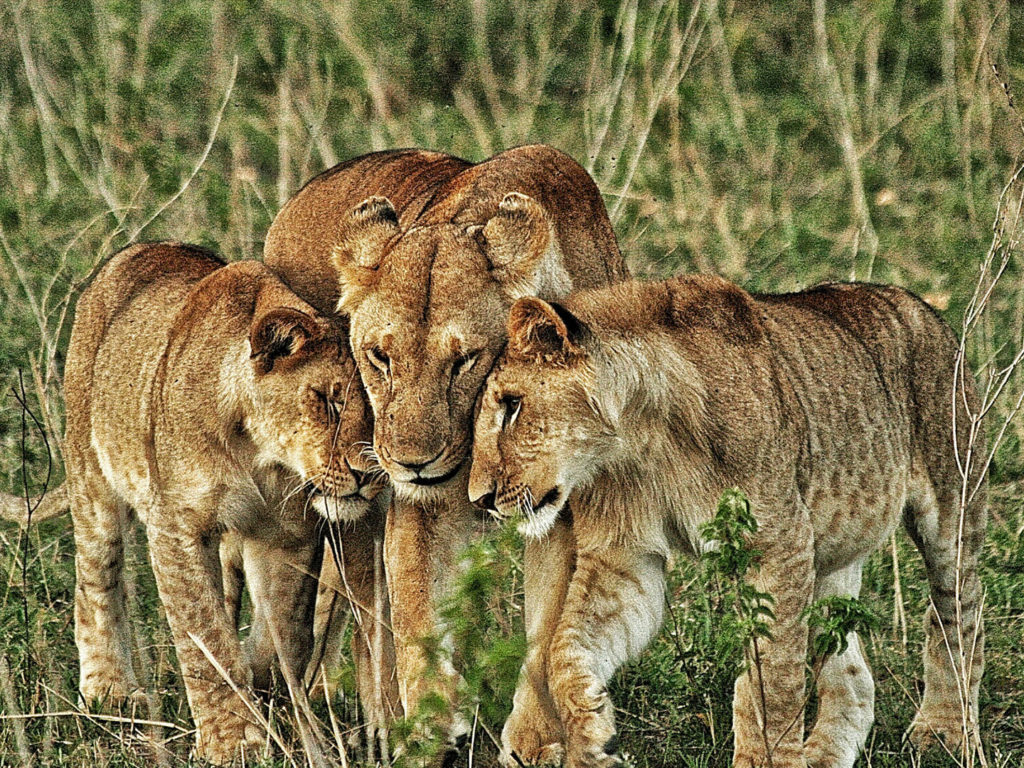Stretching from the slopes of Mount Kenya to the rim of the Great Rift Valley, the Laikipia Plateau is one of East Africa’s most spectacular natural wildernesses. Rising to 2,000 metres and taking its name from the resident Laikipiak tribe, this plateau is decorated with plains, rolling hills and even forests.
However, last year, Laikipia entered the news for very different reasons. Instability and unrest brought on by drought and pre-election tensions led to several incidents of violence. Unsurprisingly, this has made visitors jittery.
As I arrive in Kenya, questions about safety and security fill my head. I know that I’m being irrational. And, sure enough, as soon as I get to Laikipia, everything is calm and peaceful. I am pleased to see that it is business as usual.
For one thing, I had not realised how big the county is. Covering nearly 9,000 square kilometres, it occupies a huge swathe of northern Kenya. The incidents that blighted Laikipia last year were limited to a tiny part of this huge area.
The green, lush grasses that greet me also demonstrate that the drought is over. It is so good to see that the area has received so much rain after a long time without. The cattle herders are happy, the animals are free to roam and the locals are upbeat.
My first stop is the famous Lewa Conservancy. This protected area is hillier than the surrounding landscape and is dotted with thicket, swamps and fever trees.
Lewa is renowned for its black rhino conservation, which began with 15 individuals in 1984. Now, it is home to more than 150 black and white rhinos. And in the last three years, not a single rhino has been poached. This a credit to the commitment of their rangers and conservationists.
Over the years, this project has attracted a number of prominent figures. Prince William is known to be a keen supporter and regular visitor, helping with the conservation duties. Lewa is also known for its community work, providing educational facilities for around 6,000 children.
But it is the wildlife that draws people to Lewa. I set out on a spectacular game drive through the conservancy, spotting black and white rhinos, buffalos, reticulated giraffes, elephants, Grevy’s zebras and numerous bird species.
My home for two nights is the luxurious Kifaru House, with its enchanting views of Mount Kenya. The individual chalets are complete with four-poster beds, whilst two large fireplaces heat the lounge area during the surprisingly cool evenings.
My next stop is the Loisaba Conservancy, in the more rugged north of the county. I am blown away by this conservancy. It is 23,000 hectares of sustainably managed habitat, operated in a way that benefits the local community, allowing people and animals to coexist. The conservancy employs around 200 people from neighbouring communities, whilst it also allows access for pastoralists to graze their cattle.
As an African who was born and raised living close to the wildlife areas, I feel that this model works and I hope that other African countries will adopt it.
Loisaba is also packed with wildlife, especially elephants – more than 800 roam the conservancy. There is an abundance of other species, including lions, wild dogs, leopards and cheetahs, as well as more than 260 bird species.
I stay at Loisaba Starbeds, one of the highlights of my trip. As the name suggests, the camp offers the opportunity to sleep under the stars on roll-out, four-poster beds. The location, on top of a kopje with views over the conservancy, is beautiful.
At night, I hear the sounds of the animals and, in the morning, I awake to the most beautiful sunrise, which illuminates the spectacular Laikipia landscape, looking as peaceful as ever.


